- Description
- Reviews (0)
Description
🧡 Orange Venezuelan Corydora – A Splash of Copper Charm for Your Tank 🐟🌿
Add a warm burst of color to your aquarium floor with the Orange Venezuelan Corydora, a stunning variant of Corydoras aeneus. Bred for its vibrant orange-copper flanks and contrasting darker dorsal shading, this peaceful catfish stands out among other Corydoras while retaining the species’ well-loved hardiness and friendly behavior.
Perfect for planted tanks and community aquariums, this active bottom-dweller is ideal for both beginner and experienced aquarists.
🌟 Key Features
- 🧡 Unique Color Morph: Rich orange-to-copper body with a slight iridescent glow
- 🐠 Peaceful & Social: Schooling fish that love the company of their own kind
- 🧽 Bottom Cleaners: Constantly scavenging for leftover food
- 🌿 Plant-Safe: Will not disturb plants or aquascapes
- 💪 Hardy & Adaptable: Excellent choice for a wide range of water conditions
📏 Size & Lifespan
- 🔹 Adult Size: 5 – 6.5 cm (2 – 2.5 inches)
- ⏳ Lifespan: 5 – 8 years
🌊 Water Parameters
- 💧 Temperature: 21°C – 24°C
- 🌡 pH: 6.0 – 7.5
- ⚖️ GH: 4 – 12
- 💦 TDS: 100 – 200 ppm
- 💨 Oxygen: High oxygenation preferred
🧪 Soft to moderately hard water is best; ensure good filtration and gentle current.
🍽️ Diet & Feeding
Orange Venezuelan Corys are omnivorous and love variety:
- 🍽️ Sinking pellets and wafers
- 🐛 Live or frozen foods: bloodworms, brine shrimp, daphnia
- 🌿 Blanched veggies (zucchini, cucumber, spinach)
✅ Feed once or twice daily. Always ensure food reaches the bottom.
🧑🔧 Care Guide
| Care Factor | Recommendation |
|---|---|
| ✅ Tank Size | 60L minimum; 90L+ ideal for groups |
| 🪨 Substrate | Fine sand or smooth gravel to protect sensitive barbels |
| 🌿 Décor | Use driftwood, plants, and hiding spots |
| 💡 Lighting | Moderate to low lighting preferred |
| 🔄 Water Changes | 25–30% weekly for optimal health and clarity |
| 🌬 Aeration | Gentle water movement and surface agitation advised |
🤝 Tank Mate Compatibility
Orange Venezuelan Corydoras are peaceful and community-safe.
| ✅ Compatible With | ❌ Avoid With |
|---|---|
| 🐠 Tetras (Neon, Ember, Rummy) | 🐟 Aggressive or large predatory fish |
| 🐟 Rasboras, Guppies | 🐠 Fast or boisterous species |
| 🦐 Shrimp (Amano, Cherry) | 🦀 Crayfish or large predatory inverts |
| 🐌 Snails, Otocinclus | ❌ Territorial cichlids (unless dwarf) |
💡 Pro Tips
- 👯♂️ Keep in groups of 5 or more for confidence and natural schooling
- 🫧 Occasionally surface-breathe—this is normal for Corys
- 🧽 Great for keeping substrate clean in peaceful aquascapes
- ⚠️ Avoid sharp gravel or strong water flow
🛍️ Perfect For:
✅ Beginners and advanced hobbyists alike
✅ Peaceful, planted aquariums
✅ Those wanting a colorful Cory variant
✅ Shrimp- and plant-safe community tanks
Brighten your aquarium with the copper glow of the Orange Venezuelan Corydora—a hardy, active bottom-dweller that’s as functional as it is beautiful! 🧡🐟🌱
🐟 Corydoras Mixing Compatibility Guide
✅ Best Mixed Cory Combos (Similar Size & Behavior):
| Combo | Why It Works |
|---|---|
| Bronze + Albino | Same species (C. aeneus)—they school together |
| Sterbai + Orange Venezuelan | Similar size, peaceful, warmer water tolerant |
| Panda + Julii | Close size and calm nature (cooler temp ok) |
| Sterbai + Peppered | Great mix for larger planted tanks |
| Peru Sp. + Julii | Both prefer soft, slightly acidic water |
| Bronze + Pepper | Hardy and adaptable to most conditions |
🧠 Tips for Mixing Corys:
-
✅ Keep at least 3–4 of each variant (6+ preferred per type)
-
✅ Choose species with similar temperature ranges (±2°C)
-
✅ Provide lots of hiding spots, soft substrate, and a peaceful tank
-
✅ Avoid mixing with large, aggressive bottom feeders (e.g. loaches, crayfish)
⚠️ Avoid Mixing:
| Combo | Reason |
|---|---|
| Warm-water Sterbai + Cool Panda | Big temp difference (Sterbai 25–28°C, Panda 21–23°C) |
| Tiny dwarf Corys + Large Corys | May be outcompeted or stressed |
| Wild-caught + Captive-bred | Acclimation and diet needs can differ |
💡 Best Practices:
-
Use sand substrate to protect their barbels
-
Feed sinking pellets & varied protein-rich foods
-
Perform regular water changes (20–30% weekly)
-
Keep in groups of at least 5–6 per type, or mix small groups with caution
Only logged in customers who have purchased this product may leave a review.


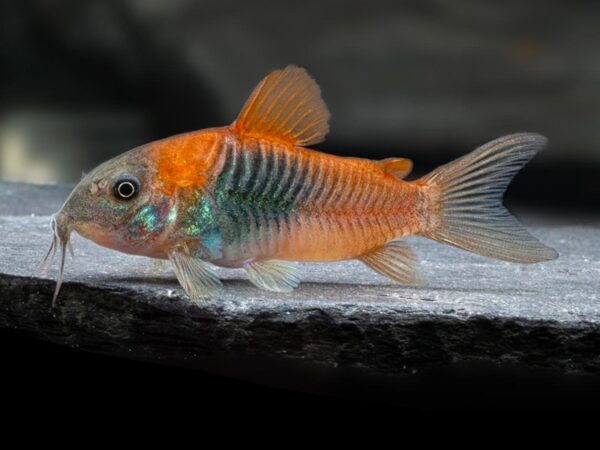

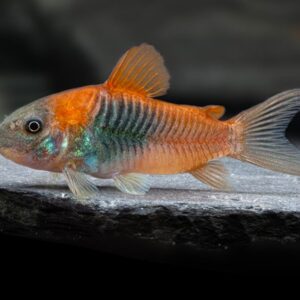
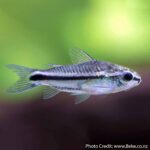
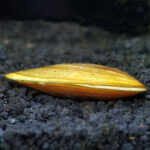
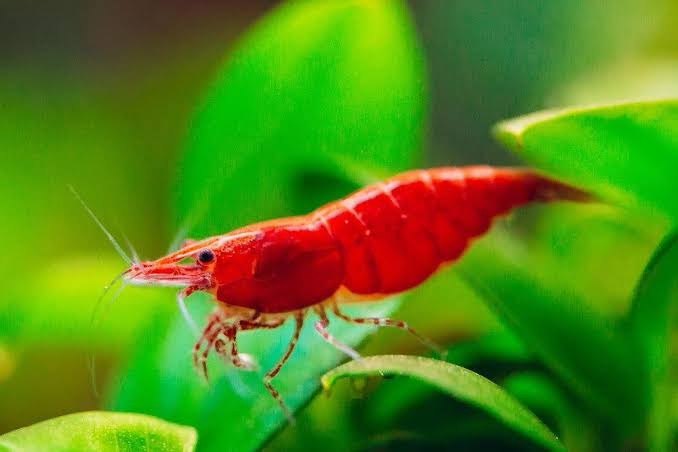
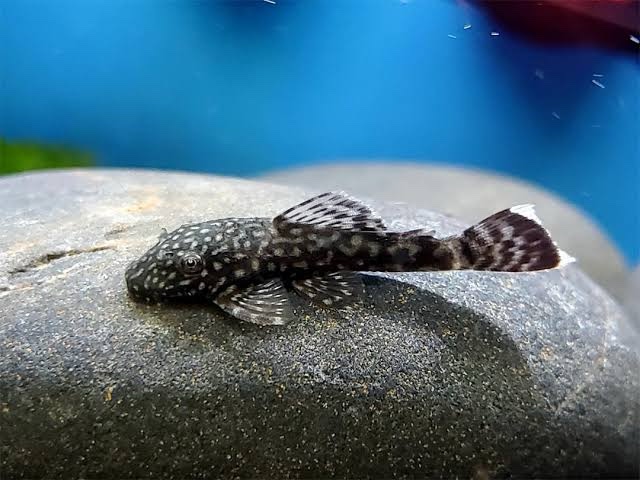
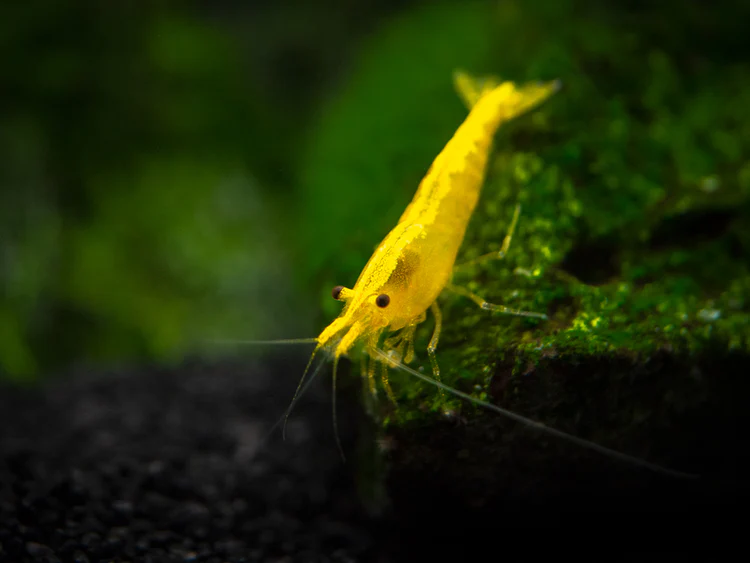
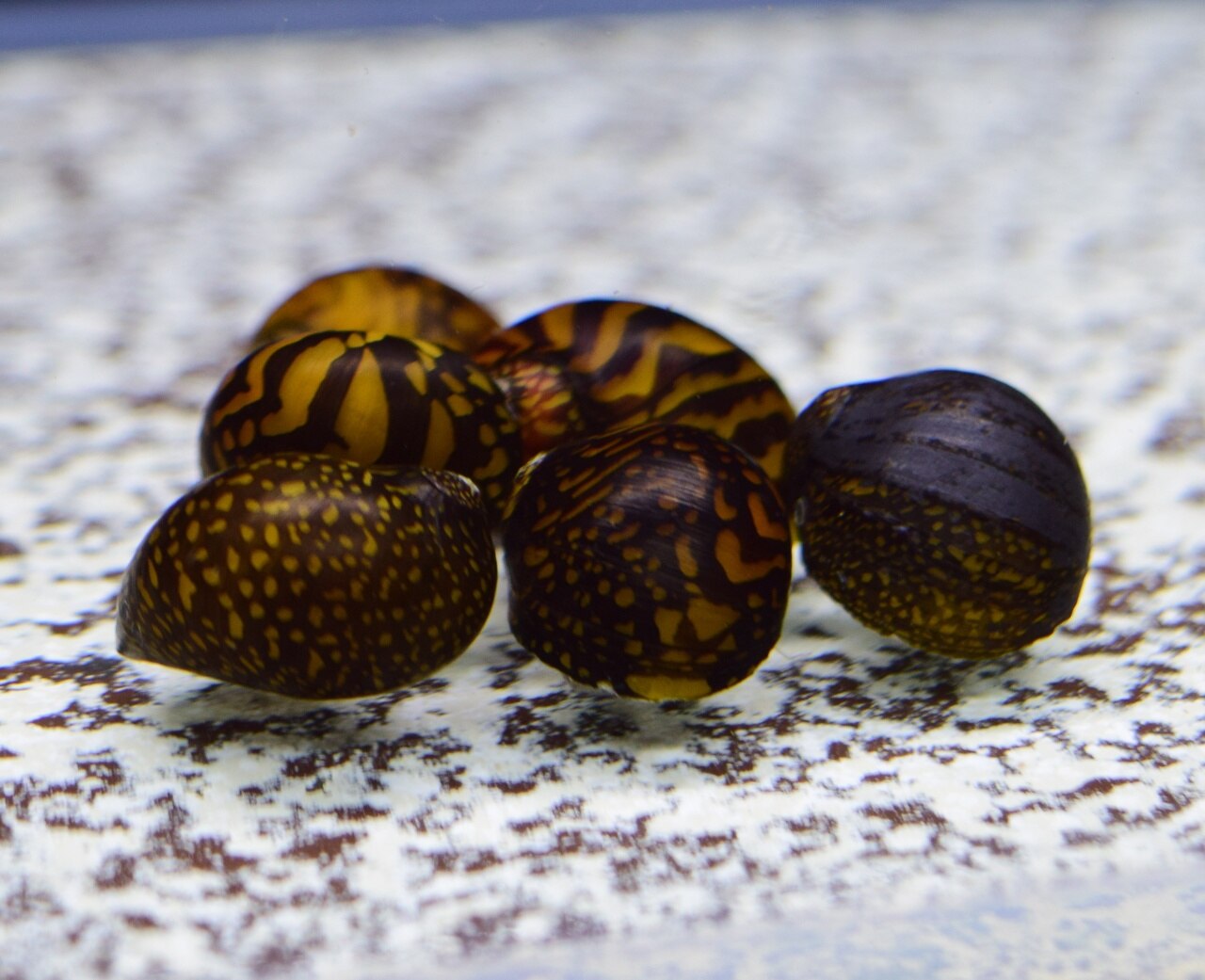
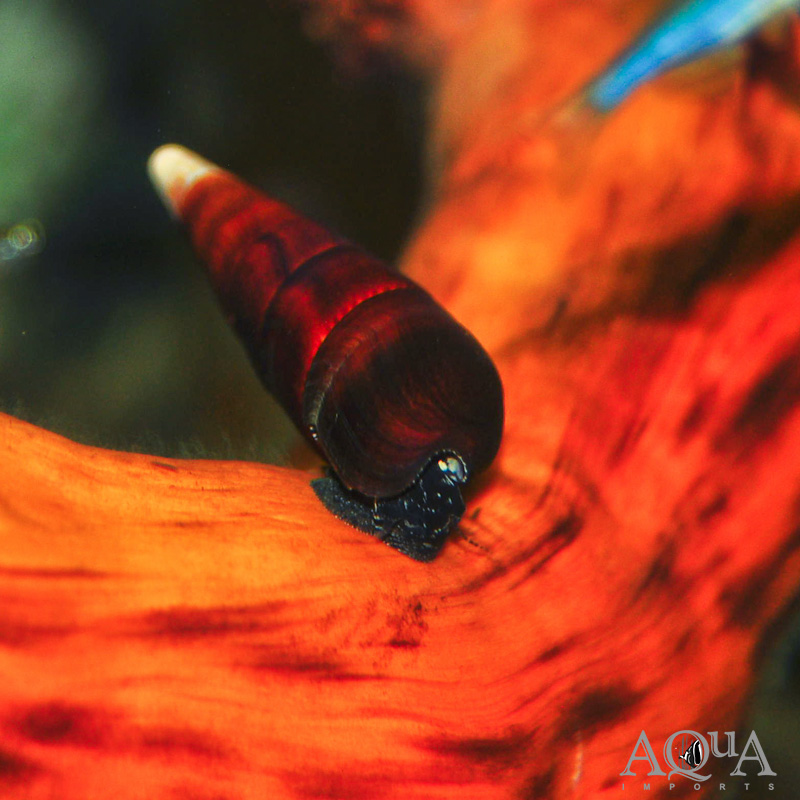
Reviews
There are no reviews yet.